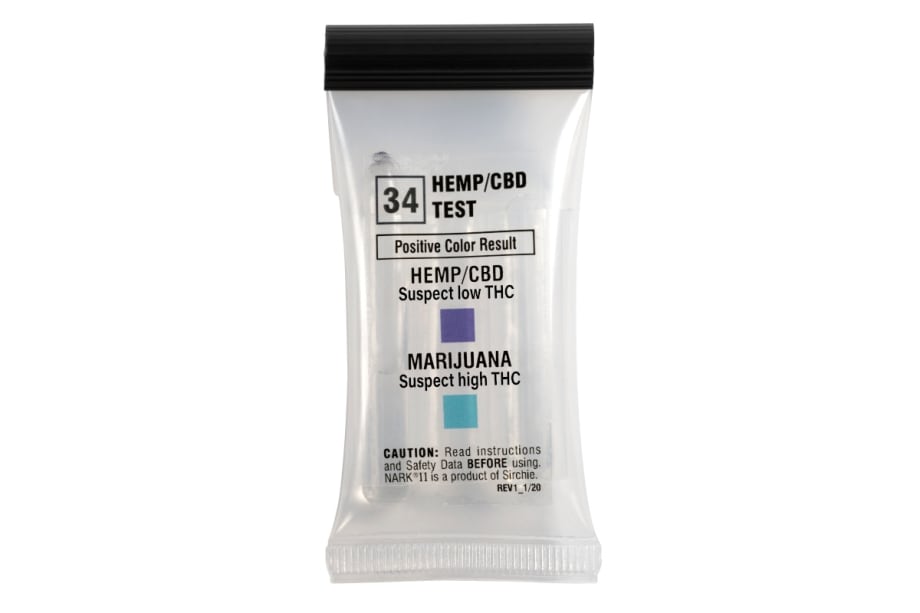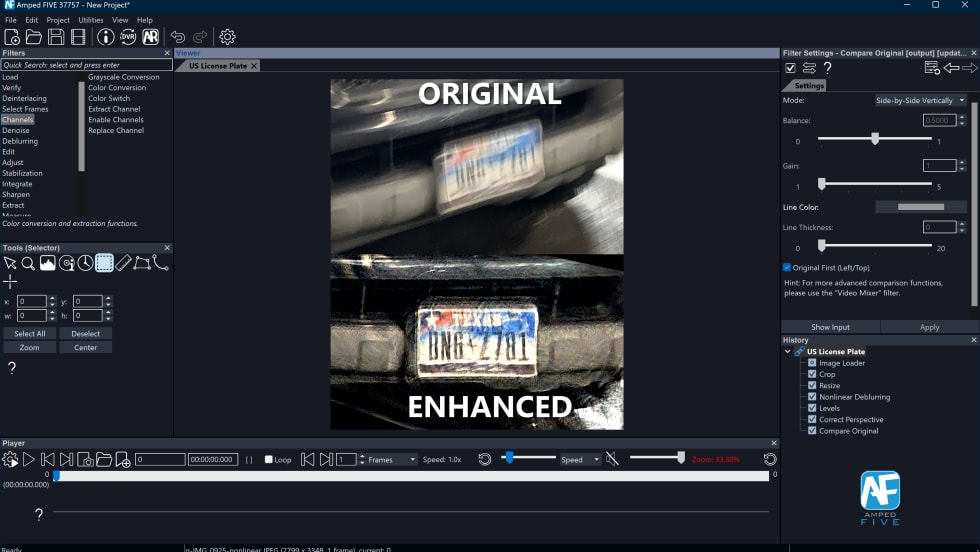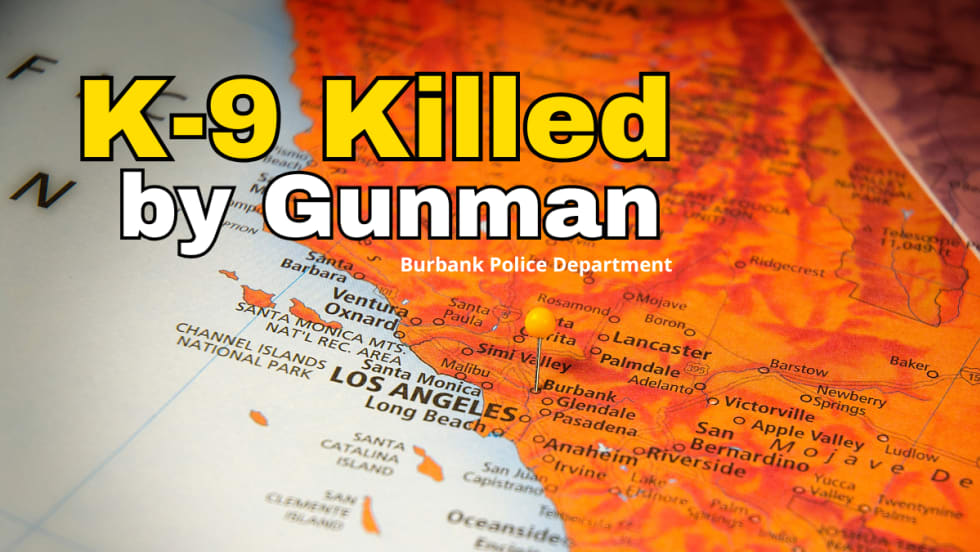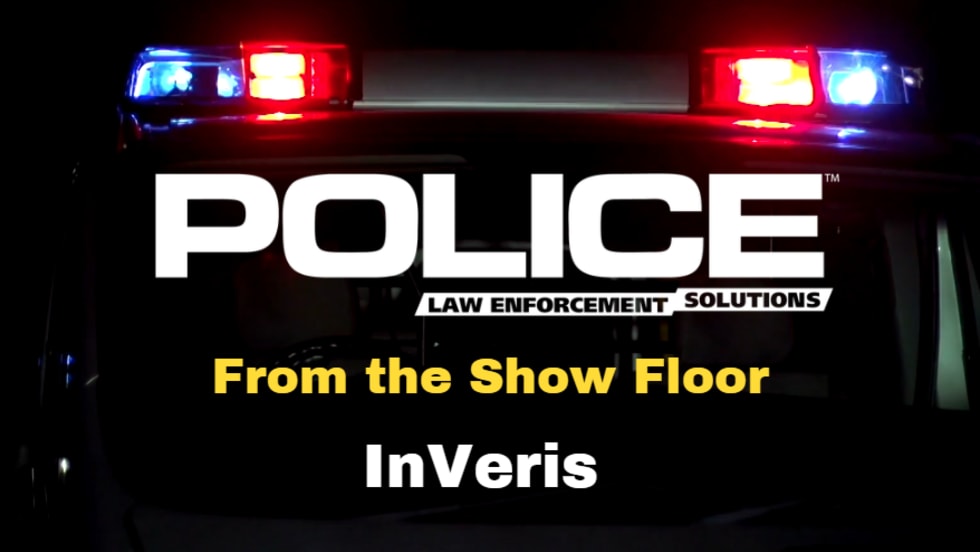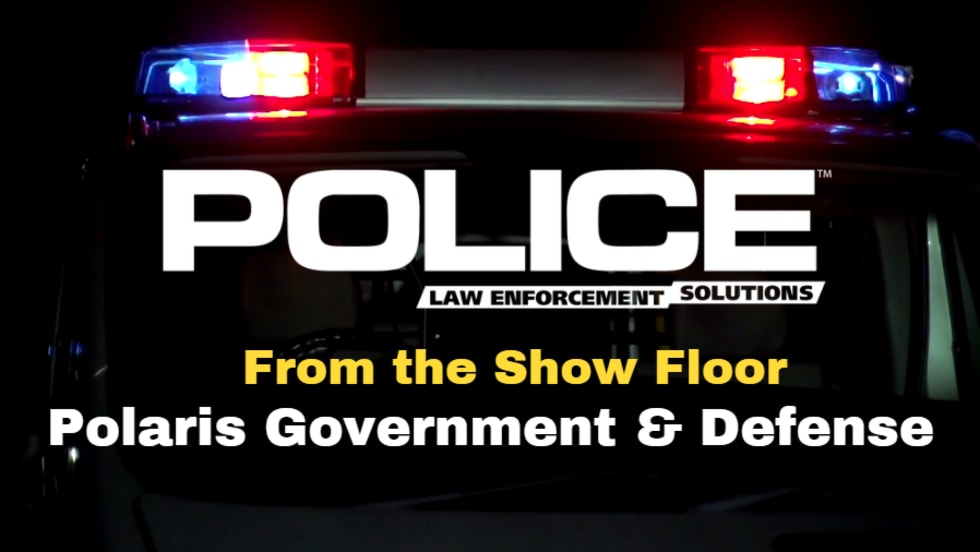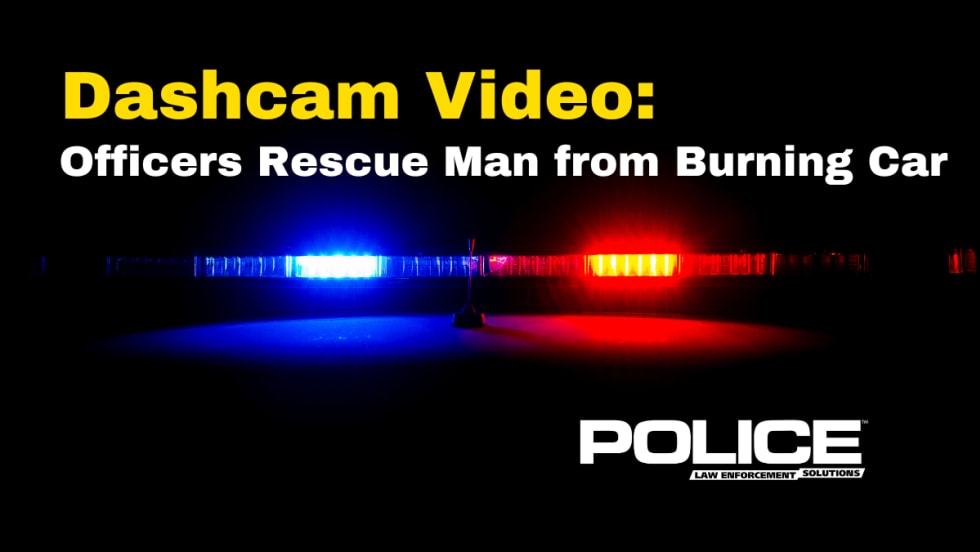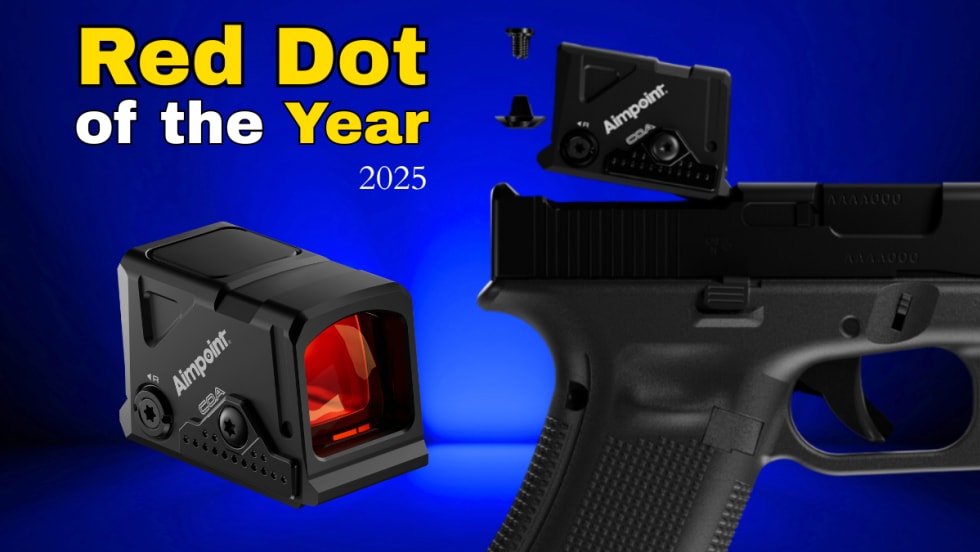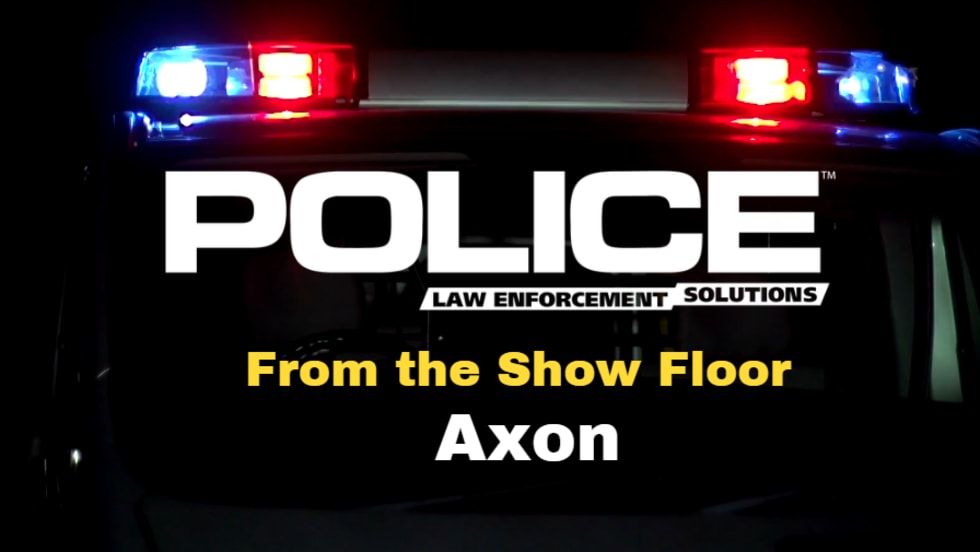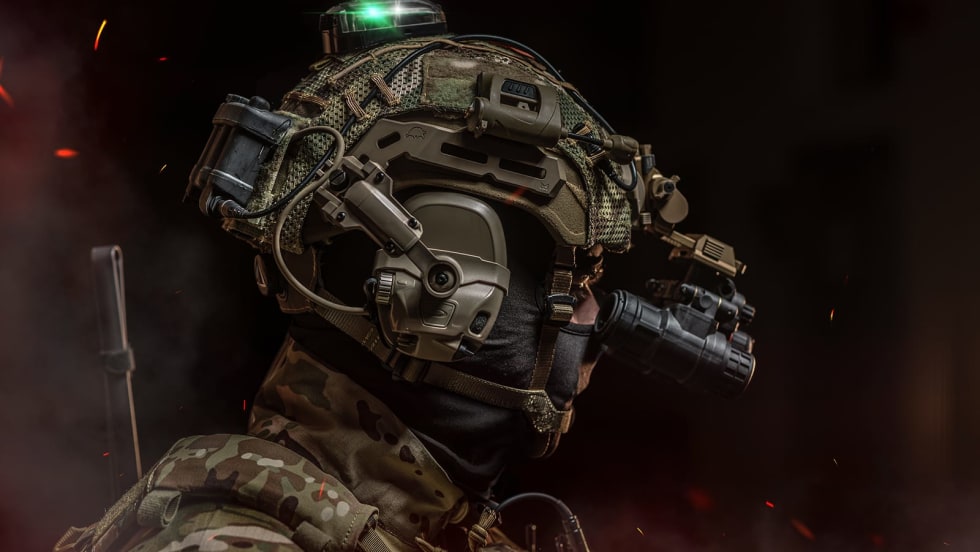Currently, law enforcement cannot easily tell the difference between legal hemp and illegal marijuana. Both hemp and marijuana are from the same plant family. They look, smell and feel the same, and even under a microscope, it's almost humanly impossible to tell the two products apart. The only distinguishable difference between legal hemp and illegal marijuana is the amount of THC they contain. The new law defines hemp and hemp products as those that contain less than 0.3% THC by dry weight, as opposed to marijuana products, which typically contain between 5-30% THC.
Historically, law enforcement has relied on qualitative presumptive field tests, like the Duquenois-Levine Reagent, to test for any presence of THC. Before the passage of the Farm Bill, hemp was just as illegal as marijuana, and they could use these tests on any suspicious plant or oil substance. If it tested positive for THC, and they had other evidence that indicated the substance was illegal, they established probable cause and therefore could arrest and confiscate the substance. But now, with the legalization of hemp, law enforcement required a quantitative test that would enable them to distinguish levels of THC in an unknown plant or oil substance encountered in the field.
"Our new
Hemp / CBD Screening Test
distinguishes between suspect low levels of THC that are associated with hemp and suspect high levels of THC associated with marijuana, typically containing 5% or more THC. While this test is not a quantitative test that can identify the exact amount of THC present in a substance, it is a useful tool to screen for potentially legal and illegal levels of THC. And is the first step in a protocol meant to assist law enforcement in identifying these substances in the field," said Dyer Bennett, Vice President of Product Development and Training for Sirchie.
Since the passing of the Farm Bill in 2018, officers across the country have struggled to distinguish between hemp and marijuana. There are many stories of police arresting people for possession of what ends up being legal hemp, not marijuana. These stories illustrate the confusion that has ensued since the legalization of hemp, and the embarrassment to the officers involved and their department when individuals are mistakenly arrested for legal possession and/or transportation of hemp or CBD products. In addition, booking/arresting people for hemp takes up valuable law enforcement time, is a hassle for all parties involved, and creates the possibility for potential litigation.
"Sirchie has the best-selling controlled substance presumptive field tests available in the market, and it was very important to us to offer a solution to the problems law enforcement is facing with the legalization of hemp through our NARK II product line," said Sirchie President and CEO John Roby. "
Our new Hemp / CBD Screening Test
works just like our other NARK II products, which are very familiar to law enforcement. We know it is going to help officers in the field screen out legal hemp, and save them the headaches that come with arresting people for possession of hemp/CBD products that are now legal. We also understand costs for law enforcement, so we priced it similarly to our other NARK II product, unlike some competitors that priced their product at three times the cost of ours."


